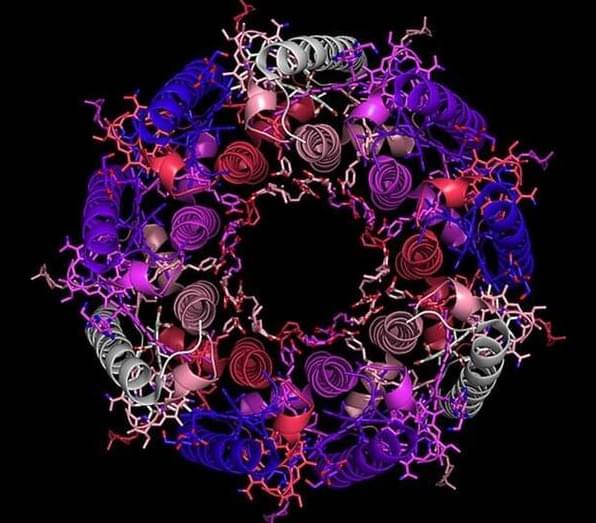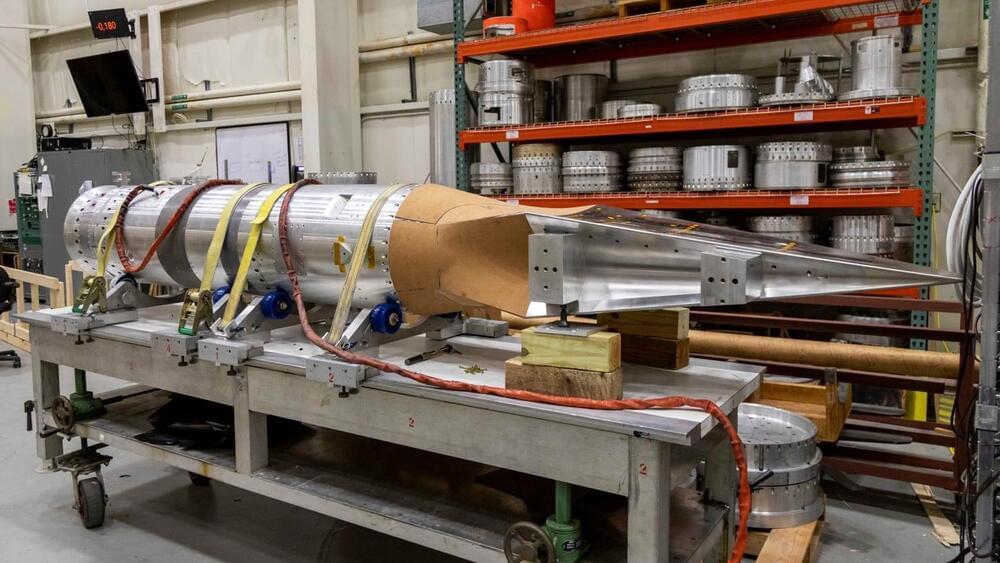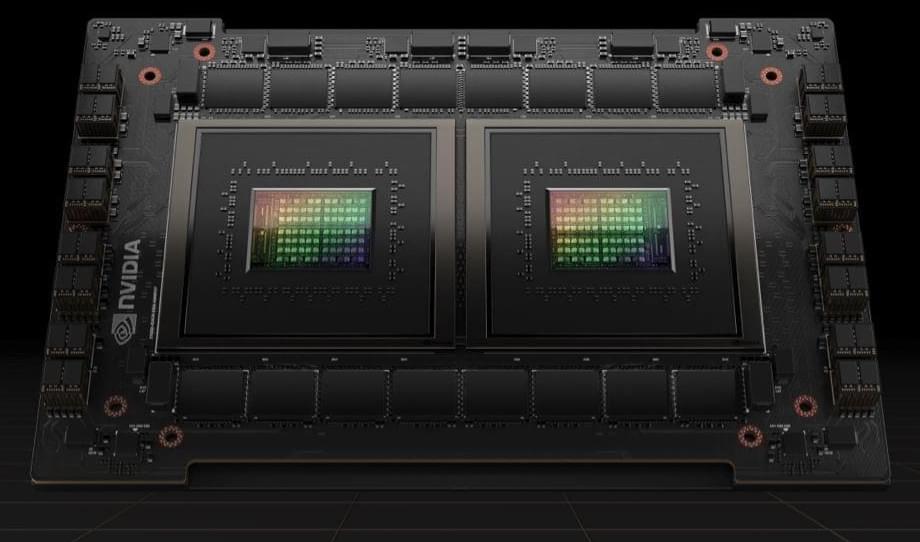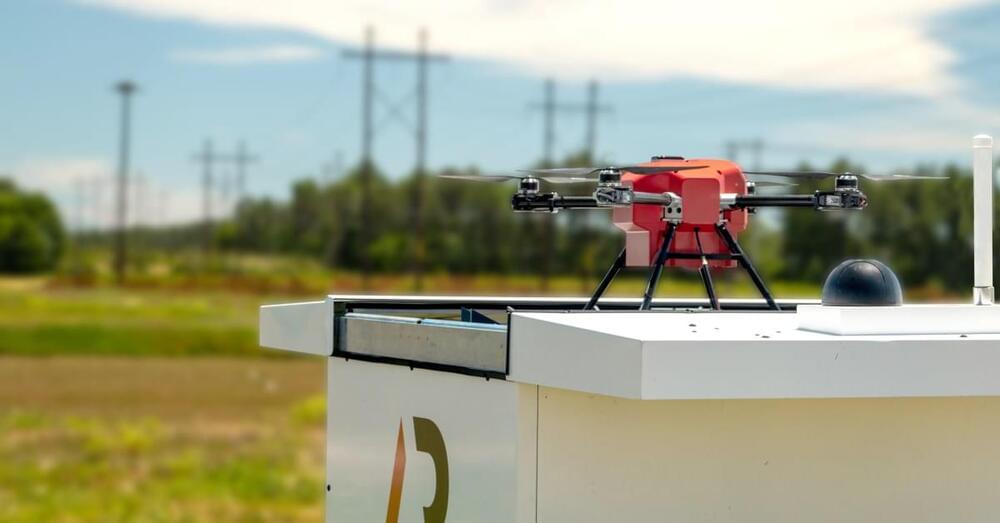Mar 26, 2022
Scientists identify neurons in the brain that drive competition and social behavior within groups
Posted by Saúl Morales Rodriguéz in categories: food, futurism
Li and his colleagues found that the animals’ social ranking in the group was closely linked to the results of competition, and by examining recordings from neurons in the brains of mice in real time, the team discovered that neurons in the anterior cingulate region of the brain store this social ranking information to inform upcoming decisions.
“Collectively, these neurons held remarkably detailed representations of the group’s behavior and their dynamics as the animals competed together for food, in addition to information about the resources available and the outcome of their past interactions,” explains senior author Ziv M. Williams, MD, a neurosurgical oncologist at MGH. “Together, these neurons could even predict the animal’s own future success well before competition onset, meaning that they likely drove the animals’ competitive behavior based on whom they interacted with.”
Manipulating the activity of these neurons, on the other hand, could artificially increase or decrease an animal’s competitive effort and therefore control their ability to successfully compete against others. “In other words, we could tune up and down the animal’s competitive drive and do so selectively without affecting other aspects of their behavior such as simple speed or motivation,” says Williams.

















